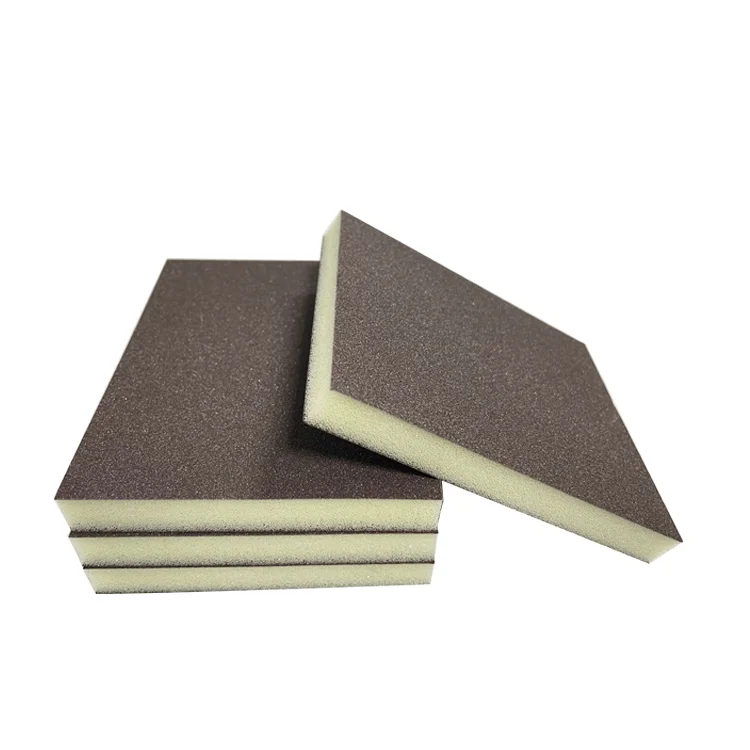When it comes to mechanical systems, the choice of drive mechanism can significantly impact performance, efficiency, and application suitability. Among the various types of gear systems, worm drives and sidewinders stand out due to their unique characteristics and functionalities. This article delves into the fundamental differences between worm drive and sidewinder systems, exploring their design, operational principles, advantages, and ideal applications.
Understanding Worm Drive Mechanisms
A worm drive consists of a worm (a gear in the form of a screw) and a worm wheel (a gear that meshes with the worm). This configuration allows for a high gear reduction ratio, making it particularly effective for applications requiring significant torque and minimal speed. The key features of worm drives include:
- High Torque Output: Worm drives excel in applications where high torque is necessary. The gear ratio can be adjusted by changing the number of teeth on the worm wheel, allowing for precise control over speed and torque.
- Self-Locking Ability: One of the most notable characteristics of worm drives is their self-locking nature. When the worm is turned, the worm wheel cannot turn the worm in the opposite direction, making it ideal for applications such as elevators and conveyor systems where load retention is crucial.
- Compact Design: The configuration of worm drives allows for a compact design, making them suitable for applications with space constraints. This is particularly beneficial in machinery where size and weight are critical factors.
- Low Efficiency: Despite their advantages, worm drives tend to have lower efficiency compared to other gear systems, primarily due to friction between the worm and the wheel. This can lead to heat generation and energy loss, which must be considered in design and application.
Exploring Sidewinder Gear Systems
Sidewinder gear systems, often referred to as bevel gears or helical gears, operate on a different principle. These systems involve gears that are oriented at an angle to each other, allowing for the transfer of motion between non-parallel shafts. Key characteristics of sidewinder systems include:
- Versatile Motion Transfer: Sidewinder gears are capable of transferring motion between shafts that are at various angles, making them highly versatile for different mechanical configurations. This adaptability is particularly useful in automotive and industrial applications.
- Higher Efficiency: Compared to worm drives, sidewinder systems generally offer higher efficiency. The design minimizes friction, allowing for smoother operation and less energy loss. This efficiency is crucial in applications where power consumption is a concern.
- Greater Speed Capabilities: Sidewinder gears can achieve higher speeds than worm drives, making them suitable for applications requiring rapid motion. This is particularly advantageous in machinery where speed and responsiveness are essential.
- Complex Design: The design and manufacturing of sidewinder gears can be more complex than worm drives. The precise alignment and meshing of gears require careful engineering to ensure optimal performance and longevity.
Key Differences Between Worm Drive and Sidewinder Systems
While both worm drives and sidewinders serve the purpose of transferring motion and torque, their differences are significant:
- Torque vs. Speed: Worm drives are preferred for high torque applications, while sidewinders excel in high-speed scenarios.
- Efficiency: Sidewinder systems generally provide higher efficiency due to reduced friction, whereas worm drives may suffer from energy losses.
- Self-Locking Feature: Worm drives offer a self-locking mechanism, making them suitable for load retention, a feature not typically found in sidewinder systems.
- Design Complexity: Sidewinder gears often require more intricate design and manufacturing processes compared to the relatively straightforward worm drive configuration.
Choosing the Right System for Your Application
When deciding between a worm drive and a sidewinder system, it is essential to consider the specific requirements of your application. If your project demands high torque and load retention, a worm drive may be the optimal choice. Conversely, if efficiency and speed are paramount, a sidewinder system would likely be more suitable.

